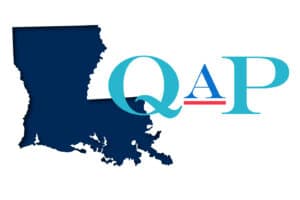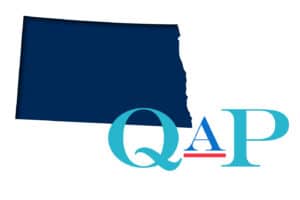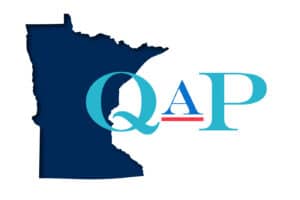Ohio Housing Finance Agency has released an updated Frequently Asked Questions document regarding the 2017 QAP. The following is a brief list of addressed issues:
- Food deserts: Treatment of scattered site development with grocery store access and defining “grocery store”.
- Exceptional Development, Education & Opportunity: Developers may partner with a college or university in place of a K-12 school.
- Renewable Energy Generation: Defines “on-site renewable energy” using Green-e National Energy Standards and sets the minimum amount of renewable power generated to 75% of the facility’s projected energy usage.
OHFA will continue to accept questions until February 3, 2017.
November 9, 2016 — Ohio Housing Finance Agency (OHFA) has posted an updated Frequently Asked Questions document related to the 2017 QAP to reflect the most recent questions received by the agency. The document clarifies the following issues, among others:
- Leverage: A general partner’s hard debt loan to the project may be considered as leverage as long as it meets commitment letter requirements (rate, term, amortization, etc.).
- Mixed-Income: Market-rate units are excluded from the calculation for total development cost per affordable unit as it applies to the section regarding New Unit Production, Development Based Priority.
- Community Schools: While the Ohio Department of Education’s Performance Index Rankings lists community schools both within district rankings and as individual rankings, the schools for the purposes of the QAP will not be considered districts under Section (6)(B)(1-3). These schools will only be considered under Section (6)(B)(4) as individual schools rated B or higher.
- The non-urban county 25% limitation on one-bedroom units does not apply to senior housing.
- Design: All buildings must include elevations – this was erroneously left out of the 2017 QAP final draft.


